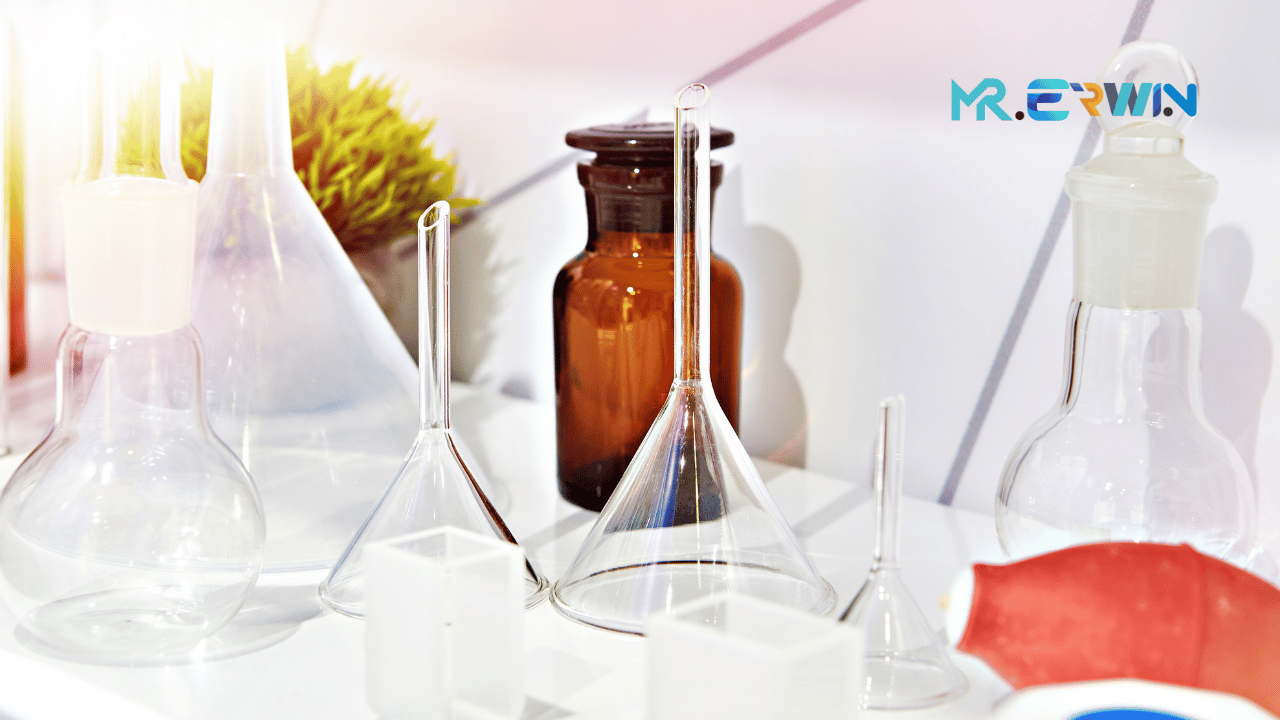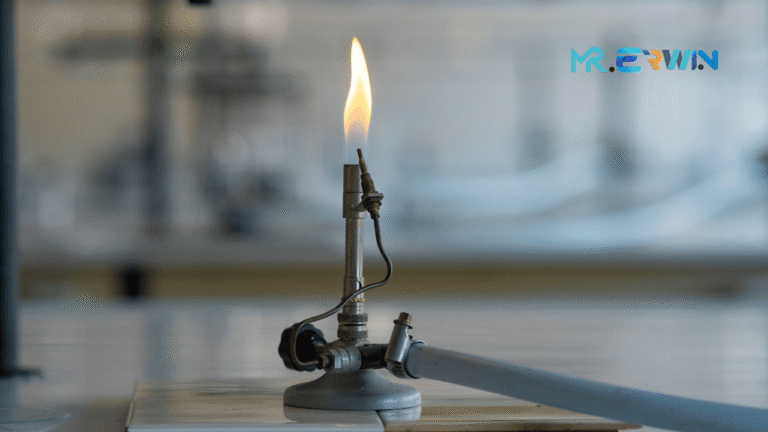
Laboratory Funnels: Definition, History, Function, and Tips for Using Them
In any chemistry or biology laboratory, glassware and other supporting tools play a crucial role in conducting accurate and safe experiments. Among these tools, the laboratory funnel is one of the most commonly used yet often underappreciated. Despite its simple shape, this device plays a critical part in many laboratory processes. This article will take you through a comprehensive look at laboratory funnels—what they are, how they developed over time, their functions, and best practices for using them.
What is a Laboratory Funnel?

A laboratory funnel is a piece of laboratory equipment used to channel liquids or fine-grained substances into containers with a small opening. It helps to avoid spills and ensures precise transfer of materials. Funnels can be made from different materials such as glass, plastic (typically polypropylene or polyethylene), or even metal, depending on their intended use.
The basic shape of a funnel is conical, with a wide mouth at the top that narrows to a small opening at the bottom. This design makes it easy to pour substances into narrow-mouthed containers like test tubes, flasks, or burettes.
A Brief History of Laboratory Funnels
The funnel itself is not a recent invention. The concept dates back to ancient times, when early civilizations used conical tools for transferring liquids—especially in cooking and early medicine.
However, the modern laboratory funnel evolved during the scientific revolution in the 17th and 18th centuries. As chemistry and experimental science became more systematized, glassblowing techniques improved, making it possible to produce uniform, heat-resistant glass funnels for precise laboratory use.
In the 19th century, scientists like Justus von Liebig and Robert Bunsen contributed significantly to the standardization of lab tools, including funnels. The introduction of separatory funnels, Büchner funnels, and powder funnels allowed scientists to carry out more specialized tasks, such as filtration and separation, efficiently and safely.
Functions of Laboratory Funnels
Laboratory funnels serve various purposes depending on their design and material. Here are some of the main functions:
1. Transferring Liquids
The most basic use of a funnel is to transfer liquids from one container to another, especially when the target container has a narrow mouth. This reduces the risk of spills, which is especially important when dealing with hazardous or expensive chemicals.
2. Filtration
Some laboratory funnels are used in combination with filter paper to separate solids from liquids. This process, known as gravity filtration, is common in both academic and industrial laboratories. Funnels designed for this purpose typically have a longer stem and a steeper angle.
3. Powder Transfer
When transferring powdered chemicals, a powder funnel with a wider neck and shorter stem is used to prevent clogging. These are often made from anti-static materials to prevent powders from sticking to the funnel walls.
4. Separation of Immiscible Liquids
A separatory funnel is a specialized type of laboratory funnel used in liquid-liquid extractions. It allows two immiscible liquids (such as oil and water) to be separated based on their different densities.
5. Vacuum Filtration
In vacuum filtration, a Büchner funnel is placed over a flask and used along with a vacuum pump. This setup speeds up the filtration process, particularly when working with very fine precipitates or when time is limited.
Types of Laboratory Funnels
Here are some commonly used types of funnels in the lab:
- Simple Funnel – Used for general liquid transfers.
- Powder Funnel – Designed with a wider neck for transferring solids.
- Separatory Funnel – Used for separating liquid mixtures.
- Büchner Funnel – Used for vacuum filtration, usually made of porcelain or plastic.
- Thistle Funnel – Narrow and long, often used to add liquids to an apparatus without opening it.
- Dropping Funnel – Allows for the controlled addition of liquids drop by drop.
Tips for Using Laboratory Funnels Safely and Effectively
Using a funnel might seem straightforward, but here are a few helpful tips to get the best results while ensuring safety:
1. Choose the Right Funnel
Always select a funnel that is appropriate for the task. For example, using a powder funnel for liquids might cause spills, while using a simple funnel for filtration might not hold the filter paper correctly.
2. Check for Cracks and Damage
Before using a glass funnel, inspect it for cracks or chips. Damaged glassware can break during use and cause injury or contamination.
3. Use Filter Paper Properly
When filtering, make sure the filter paper is folded correctly and placed snugly inside the funnel. Rinse the paper slightly with distilled water to make it stick if necessary.
4. Do Not Force Solids
When transferring powders, avoid forcing them through the funnel with a rod or other tools. This can lead to clogging or even damage to the funnel.
5. Clean Immediately After Use
Funnels should be cleaned immediately after use to prevent residue buildup. For sticky or oily substances, use warm water and a suitable lab detergent.
6. Label and Handle with Care
Labeling chemicals being transferred through the funnel helps avoid mixing or contamination. Always handle funnels with clean hands or gloves to avoid introducing foreign substances.
Conclusion
While they may appear to be simple tools, laboratory funnels play an essential role in various experimental processes. From transferring liquids to performing complex extractions, they ensure precision, safety, and cleanliness in the laboratory. Understanding their history, function, and proper use can help students and young scientists work more confidently and efficiently in the lab.
Whether you’re just starting out in chemistry or pursuing a more advanced science education, mastering the use of lab funnels is a basic yet vital step in becoming proficient in laboratory work.
Frequently Asked Questions (FAQ) About Laboratory Funnels
What is the use of a funnel in a laboratory?
A funnel is used to safely and accurately transfer liquids or fine-grained substances into containers with narrow openings, helping to prevent spills and contamination.
What is a funnel stand used for in a laboratory?
A funnel stand is a supporting tool used to hold funnels in place, especially during filtration or when adding liquids drop by drop. It ensures stability and frees up the user’s hands.
What is a science funnel called?
In science, it is commonly referred to as a laboratory funnel or by its specific type, such as Büchner funnel, separatory funnel, thistle funnel, or powder funnel, depending on its function.
What is a chemical funnel?
A chemical funnel refers to any funnel used in handling or transferring chemical substances. It is typically made of glass or chemical-resistant plastic to withstand reactions or corrosive materials.
What is a thistle funnel used for in the laboratory?
A thistle funnel is used to add liquids slowly into a closed system, such as into a reaction flask. Its long stem allows insertion through stoppers without opening the entire setup.
What is the use of a stemless funnel in the laboratory?
Stemless funnels are ideal for transferring substances that tend to clog narrow stems, such as viscous liquids or powders. They are also used in hot filtration to reduce the risk of crystallization inside the stem.
What is a marsh funnel used for?
A Marsh funnel is a field instrument used primarily in the oil and gas industry to measure the viscosity of drilling muds. It is not typically used in general chemistry labs.





